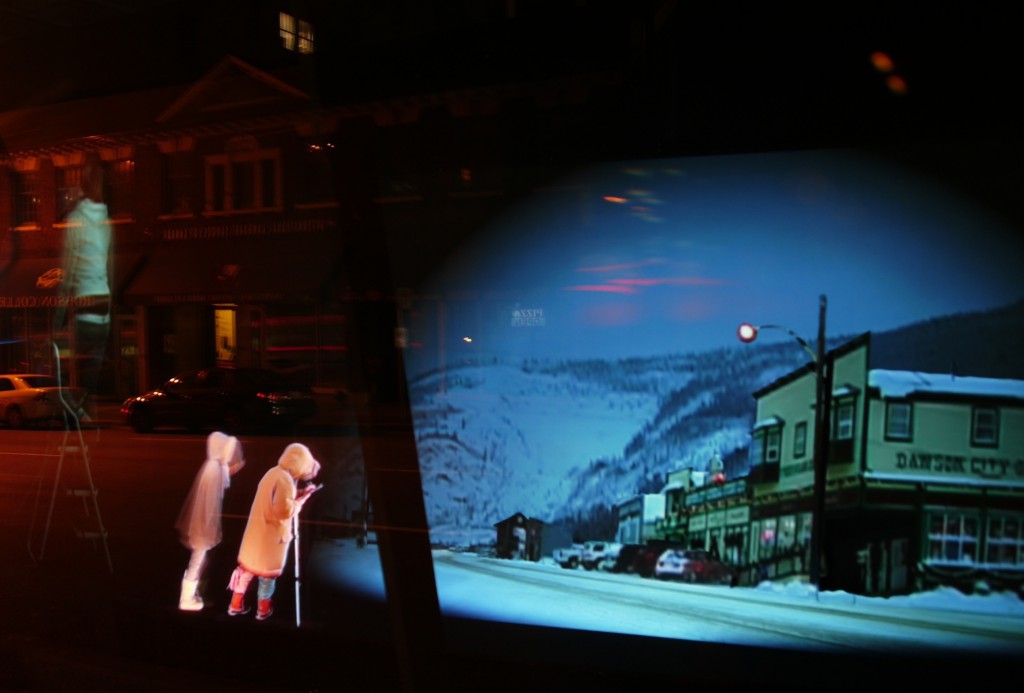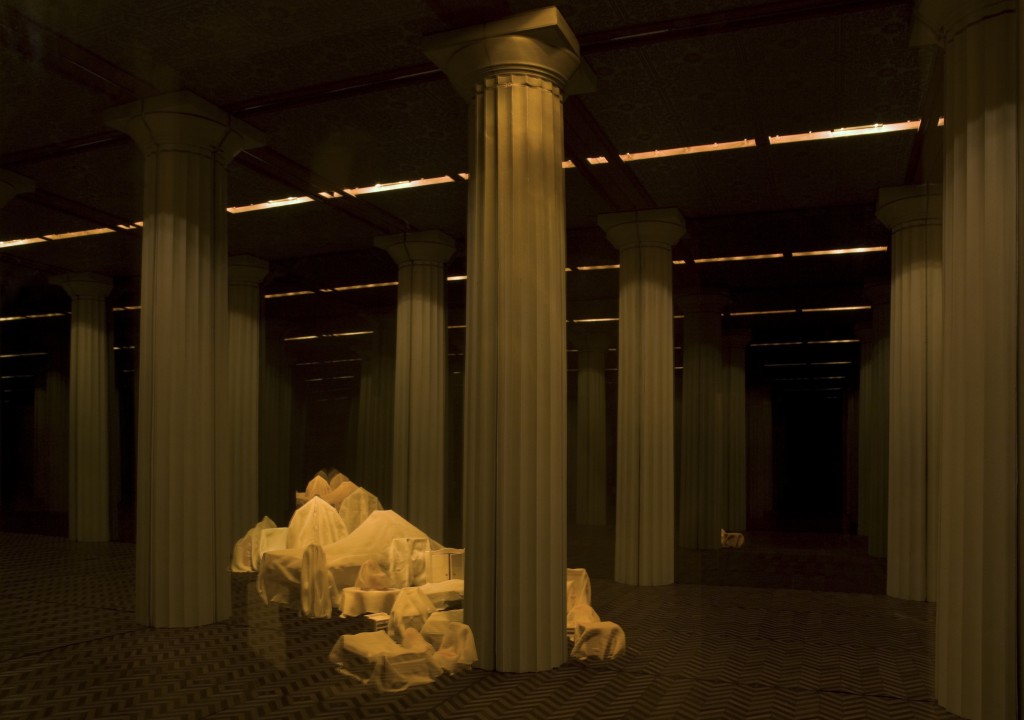Drawing the Canada-Wide Science Fair : David Hoffos
Drawing the Canada-Wide Science Fair is a collective of sixteen artists who have come together to interpret and play with the spectacle of a national science fair through visual language. By drawing on-site during the Canada-Wide Science Fair, the artists will create and immediately broadcast drawings of selected projects on display. The idea is to expand the notion of drawing around science themes to include the potentials of visual priority, cross-disciplinary work, collaborative drawing, multi-perspectival drawing, non-precious drawing, interactions with people, live tweeting, 5-second-delay blogging, and other unexpected possibilities. Here’s an introduction to David Hoffos, Canada-Wide Science Fair Artist.
David Hoffos received his BFA from the University of Lethbridge in 1994. Since 1992, Hoffos’s multidisciplinary practice has produced over 40 solo exhibitions of his signature illusionistic environments. His monumental 6-year installation series, Scenes from the House Dream, recently finished a cross-Canada tour and was showcased at the National Gallery of Canada in 2010. Hoffos has received awards including the Images Grand Prize, 2007, and a Sobey Art Award (2nd prize), 2002.
David Hoffos is represented by Trépanier Baer, Calgary.

Japanese Garden, 3-channel video, audio and mixed media installation, installation view, 2009
© David Hoffos
What is your experience with science fairs?
-In 1976, my project “Pendulums” placed third in the Burlington Public Schools Science Fair (not sure of exact title of event). My dad did not do the whole project.
The scientific method?
-My technical process is searching and experimental, and the results are often provisional. A series of trials eventually leads to a repeatable effect, and the finished work echoes these sketches and attempts.
How does the scientific method compare with your method(s)?
-ditto
How is drawing part of your practice?
-Sometimes I make tiny drawings, to informally illustrate a new vision I have for a piece – these little chips can become memory triggers, allowing me to revisit the origin of the idea.
Describe an experiment you’ve done.
I quit my day job in 1995. The experiment continues, but it always feels like it could be over at any time.
Do you know any scientists? What are they like?
One of the scientists that I know best is a young-earth creationist, so…
Do you know any high school students? What are they like?
They are exactly like we were.
Thoughts on working en plein air / in real life / in dynamic / scientific / display oriented environments.
Anxious.
How is risk a part of your practice?
I follow the Houdini rule. There should be no real danger to myself or the audience.
How is interacting a part of your practice?
I wish.

